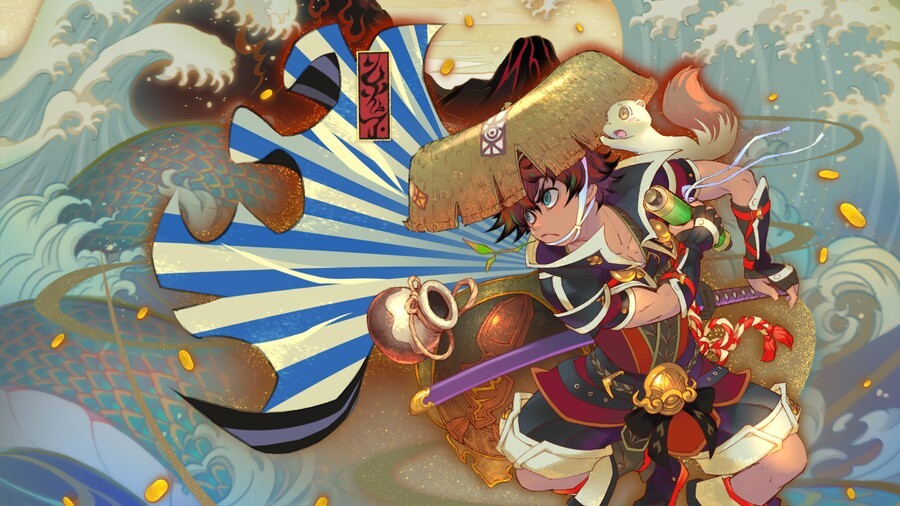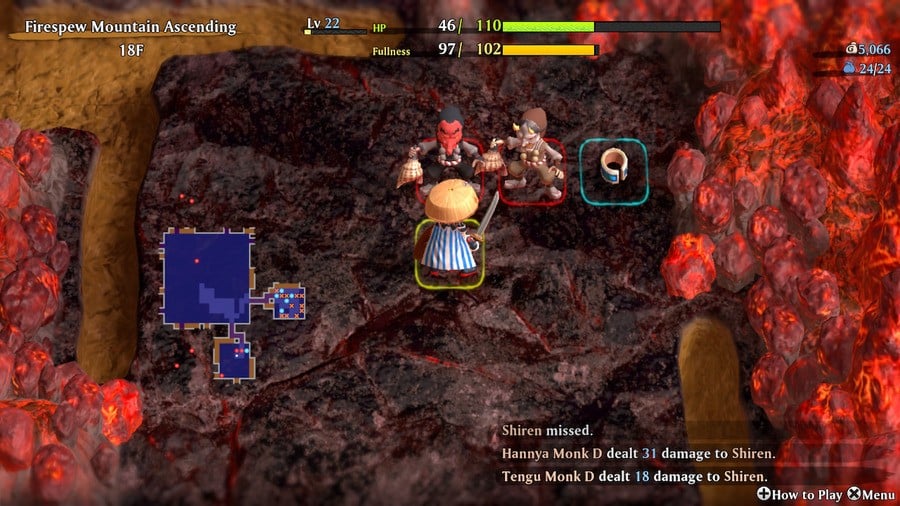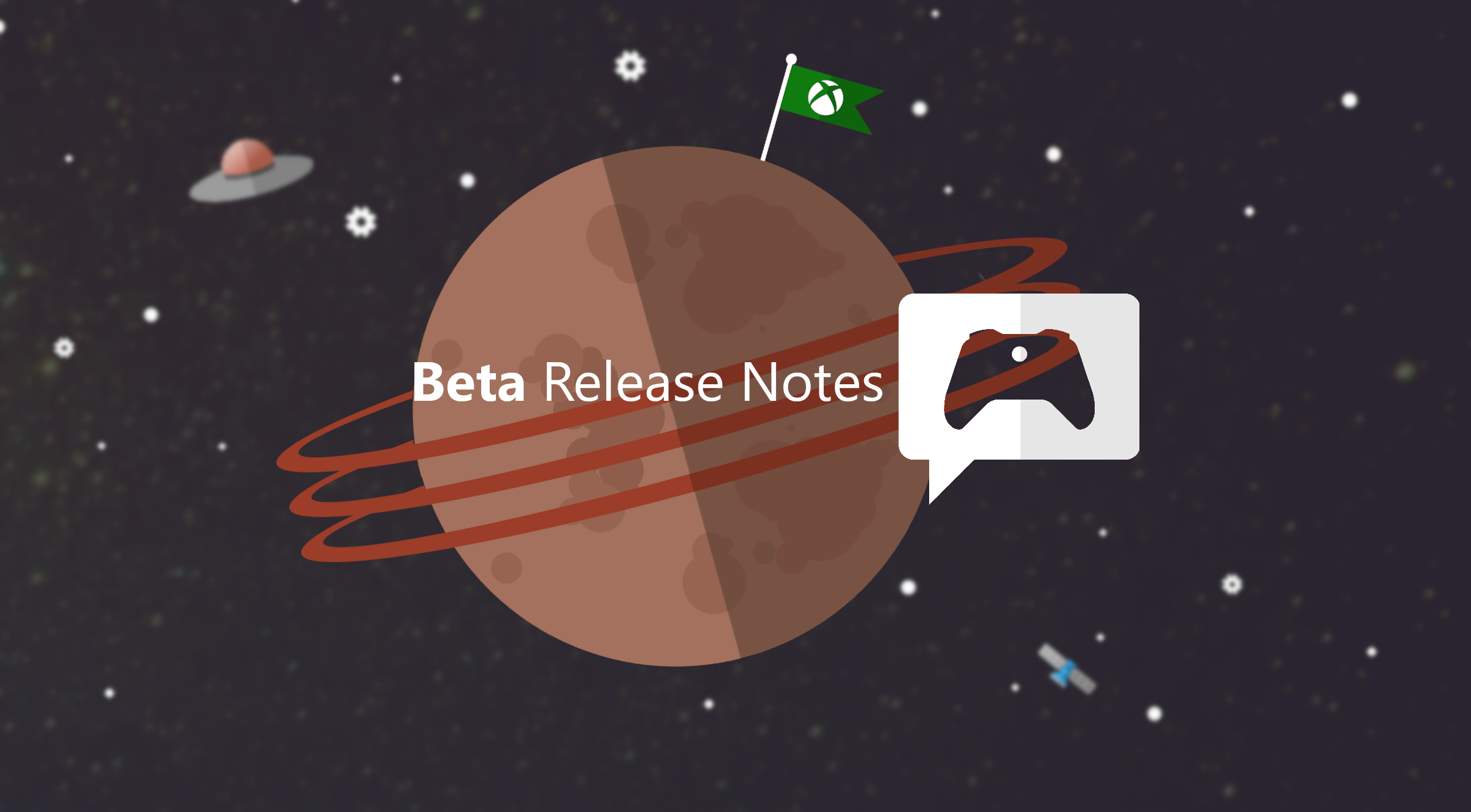

Shiren the Wanderer is one of the longest-running roguelike series in the world. Debuting back in 1995 as the second entry in the Mystery Dungeon series, Mystery Dungeon 2: Shiren the Wanderer introduced the world to the young boy who would explore many procedurally-generated dungeons over the next few decades.
Amazingly, despite being such a long-running franchise, there are actually only five mainline games in the series, and twelve in total (counting mobile games and spin-offs), but Shiren has a loyal following. In the West, we were oblivious to these endless tower-climbing, dungeon-trawling adventures until 2008’s punishingly difficult Wii title, Shiren the Wanderer.
Nowadays, Spike Chunsoft’s (formerly Chunsoft) roguelike RPG series is something of a cult classic in the West, beloved by those who’ve played it. And, after a few years of quiet from the Wanderer, he’s finally back with the sixth mainline title in the franchise — Shiren the Wanderer: The Mystery Dungeon of Serpentcoil Island.
Ahead of the game’s launch on 27th February 2024, we had a chance to send some questions to the Director of the newest game in the series, Keisuke Sakurai, along with Project Manager and Producer Hideyuki Shinozaki. We asked them about some of Sepertcoil Island’s inspirations, the legacy of the series, and whether we can expect to see some of those unlocalised titles reach Western shores one day.
Nintendo Life: This is the first brand new mainline Shiren the Wanderer game since 2010 in Japan and 2015 in the West. What has it been like working on a new entry and what were you conscious about when making a new entry after a big gap?
Keisuke Sakurai, Director: It has been a long time, but during that time, I believe that Shiren 5 [The Tower of Fortune and the Dice of Fate] was thoroughly being played. I was mindful of satisfying those who were still enjoying Shiren 5 while also working to explore different directions in the gameplay.
I made sure to preserve what I believed to be valuable while also incorporating new elements I truly found interesting.
Hideyuki Shinozaki, Project Manager: I didn’t focus on keeping elements simply because they were in the previous work. I chose to keep what I considered to be good gameplay and remove what I thought was unnecessary. I made sure to preserve what I believed to be valuable while also incorporating new elements I truly found interesting.
You’ve said that the Setouchi region inspired Serpentcoil Island. What was it about that region that inspired you?
KS: The concept of an archipelago of small islands came before we considered the Setouchi region as the stage where things like pirates and hidden treasure could be involved.
HS: I haven’t really thought of the setting as any one specific place. It may be easier to imagine these settings like these because Japan has many small islands and environments compared to other countries.

The Mystery Dungeon of Serpentcoil Island uses 3D character models as opposed to 2D sprites. How different is it to be working with 3D visuals and do you have to adapt the gameplay of Shiren to make it work?
KS: The previous two titles used 2D sprites since they were on the Nintendo DS. However, we judged that making the game in 3D wouldn’t be a problem for the Nintendo Switch in terms of processing load and development. This is a return to form, as previous games before the DS used 3D visuals as well.
HS: 2D is often lighter in terms of processing, but with recent development trends using middleware, that’s not always the case anymore. For this game, we believe that it is important that the frame rate and controls feel pleasing, whether in 2D or 3D. We were able to create an environment that achieved that in 3D.
The Mystery Dungeon of Serpentcoil Island is bringing back characters like Asuka, and some elements from older Shiren the Wanderer games are being reintroduced, like the iDash from Shiren’s Castle and the Oni Invasion. Why did you decide to take from older games in the series as opposed to more recent ones?
KS: We focused on reviving and adding elements that synergize with the current gameplay experience, regardless of whether they were from older or newer sources.
We decided to set aside both old and new ideas and instead focus on incorporating what we felt made previous Mystery Dungeon games successful.
HS: We decided to set aside both old and new ideas and instead focus on incorporating what we felt made previous Mystery Dungeon games successful. As a result, we aimed to create a game that would be comfortable and enjoyable to play, especially for long-time fans.
What can you tell us about the new Sumo Status, and why did you decide to implement it into the game?
KS: The previous game had the powered-up Super Status, but it was difficult to achieve and maintain. We wanted to make an empowered state that could be more clearly and easily obtained, so we decided not to complicate things. Sumo Power allows players to become stronger while being balanced by the Fullness meter and a few other drawbacks.
HS: In the past, one of the strategies for beating the game was to increase Fullness to 200%. We wanted to change this aspect, and we believed that allowing players more options would enable us to create a distinctly different Shiren from the previous games.
How do Sacred Items change up the gameplay compared to previous entries?
KS: When you strengthen a weapon early on, it might make other weapons you come across later on seem less valuable. But there’s no way of knowing the performance or traits of Sacred Weapons in advance, so finding one is more exciting–especially if it offers something better than what you currently own.
HS: As you play the game, you will learn about the effects of different weapons. Sacred Weapons, however, have randomly applied Runes. I believe the anticipation of discovering their effects adds to the excitement of using them and makes them special.
With The Tower of Fortune and the Dice of Fate exceeding expectations worldwide, particularly on Switch, why do you think Shiren the Wanderer has grown in popularity over the years?
I believe that difficulty is what makes players want to share it through online platforms like streaming, leading to active interactions with others.
KS: I find the game challenging to begin with. But I believe that difficulty is what makes players want to share it through online platforms like streaming, leading to active interactions with others. Additionally, there are a lot of different things happening during gameplay. I think each player’s unique experiences drive their desire to share and discuss the game with others.
HS: I honestly don’t know, lol. However, we’ve incorporated a user-friendly streaming feature for the Switch version of Shiren 5. I believe this feature has been well-received by streamers on platforms like YouTube, which contributes to increased awareness. Also, I believe the gameplay, where each playthrough is unique, makes it particularly enjoyable for streaming audiences.
Are there any plans to rerelease some of the older Shiren titles, particularly ones that have never been released in the West?
KS & HS: Unfortunately, we have no plans at this time.
This interview has been edited lightly for clarity.
Thank you to Spike Chunsoft, Keisuke Sakurai, and Hideyuki Shinozaki for taking the time to speak to us.
Shiren the Wanderer: The Mystery Dungeon of Serpentcoil Island is available on Nintendo Switch on 27th February. Will you be searching the island for mysteries and combat next week? Let us know in the comments.

Shiren the Wanderer is one of the longest-running roguelike series in the world. Debuting back in 1995 as the second entry in the Mystery Dungeon series, Mystery Dungeon 2: Shiren the Wanderer introduced the world to the young boy who would explore many procedurally-generated dungeons over the next few decades.
Amazingly, despite being such a long-running franchise, there are actually only five mainline games in the series, and twelve in total (counting mobile games and spin-offs), but Shiren has a loyal following. In the West, we were oblivious to these endless tower-climbing, dungeon-trawling adventures until 2008’s punishingly difficult Wii title, Shiren the Wanderer.
Nowadays, Spike Chunsoft’s (formerly Chunsoft) roguelike RPG series is something of a cult classic in the West, beloved by those who’ve played it. And, after a few years of quiet from the Wanderer, he’s finally back with the sixth mainline title in the franchise — Shiren the Wanderer: The Mystery Dungeon of Serpentcoil Island.
Ahead of the game’s launch on 27th February 2024, we had a chance to send some questions to the Director of the newest game in the series, Keisuke Sakurai, along with Project Manager and Producer Hideyuki Shinozaki. We asked them about some of Sepertcoil Island’s inspirations, the legacy of the series, and whether we can expect to see some of those unlocalised titles reach Western shores one day.
Nintendo Life: This is the first brand new mainline Shiren the Wanderer game since 2010 in Japan and 2015 in the West. What has it been like working on a new entry and what were you conscious about when making a new entry after a big gap?
Keisuke Sakurai, Director: It has been a long time, but during that time, I believe that Shiren 5 [The Tower of Fortune and the Dice of Fate] was thoroughly being played. I was mindful of satisfying those who were still enjoying Shiren 5 while also working to explore different directions in the gameplay.
I made sure to preserve what I believed to be valuable while also incorporating new elements I truly found interesting.
Hideyuki Shinozaki, Project Manager: I didn’t focus on keeping elements simply because they were in the previous work. I chose to keep what I considered to be good gameplay and remove what I thought was unnecessary. I made sure to preserve what I believed to be valuable while also incorporating new elements I truly found interesting.
You’ve said that the Setouchi region inspired Serpentcoil Island. What was it about that region that inspired you?
KS: The concept of an archipelago of small islands came before we considered the Setouchi region as the stage where things like pirates and hidden treasure could be involved.
HS: I haven’t really thought of the setting as any one specific place. It may be easier to imagine these settings like these because Japan has many small islands and environments compared to other countries.

The Mystery Dungeon of Serpentcoil Island uses 3D character models as opposed to 2D sprites. How different is it to be working with 3D visuals and do you have to adapt the gameplay of Shiren to make it work?
KS: The previous two titles used 2D sprites since they were on the Nintendo DS. However, we judged that making the game in 3D wouldn’t be a problem for the Nintendo Switch in terms of processing load and development. This is a return to form, as previous games before the DS used 3D visuals as well.
HS: 2D is often lighter in terms of processing, but with recent development trends using middleware, that’s not always the case anymore. For this game, we believe that it is important that the frame rate and controls feel pleasing, whether in 2D or 3D. We were able to create an environment that achieved that in 3D.
The Mystery Dungeon of Serpentcoil Island is bringing back characters like Asuka, and some elements from older Shiren the Wanderer games are being reintroduced, like the iDash from Shiren’s Castle and the Oni Invasion. Why did you decide to take from older games in the series as opposed to more recent ones?
KS: We focused on reviving and adding elements that synergize with the current gameplay experience, regardless of whether they were from older or newer sources.
We decided to set aside both old and new ideas and instead focus on incorporating what we felt made previous Mystery Dungeon games successful.
HS: We decided to set aside both old and new ideas and instead focus on incorporating what we felt made previous Mystery Dungeon games successful. As a result, we aimed to create a game that would be comfortable and enjoyable to play, especially for long-time fans.
What can you tell us about the new Sumo Status, and why did you decide to implement it into the game?
KS: The previous game had the powered-up Super Status, but it was difficult to achieve and maintain. We wanted to make an empowered state that could be more clearly and easily obtained, so we decided not to complicate things. Sumo Power allows players to become stronger while being balanced by the Fullness meter and a few other drawbacks.
HS: In the past, one of the strategies for beating the game was to increase Fullness to 200%. We wanted to change this aspect, and we believed that allowing players more options would enable us to create a distinctly different Shiren from the previous games.
How do Sacred Items change up the gameplay compared to previous entries?
KS: When you strengthen a weapon early on, it might make other weapons you come across later on seem less valuable. But there’s no way of knowing the performance or traits of Sacred Weapons in advance, so finding one is more exciting–especially if it offers something better than what you currently own.
HS: As you play the game, you will learn about the effects of different weapons. Sacred Weapons, however, have randomly applied Runes. I believe the anticipation of discovering their effects adds to the excitement of using them and makes them special.
With The Tower of Fortune and the Dice of Fate exceeding expectations worldwide, particularly on Switch, why do you think Shiren the Wanderer has grown in popularity over the years?
I believe that difficulty is what makes players want to share it through online platforms like streaming, leading to active interactions with others.
KS: I find the game challenging to begin with. But I believe that difficulty is what makes players want to share it through online platforms like streaming, leading to active interactions with others. Additionally, there are a lot of different things happening during gameplay. I think each player’s unique experiences drive their desire to share and discuss the game with others.
HS: I honestly don’t know, lol. However, we’ve incorporated a user-friendly streaming feature for the Switch version of Shiren 5. I believe this feature has been well-received by streamers on platforms like YouTube, which contributes to increased awareness. Also, I believe the gameplay, where each playthrough is unique, makes it particularly enjoyable for streaming audiences.
Are there any plans to rerelease some of the older Shiren titles, particularly ones that have never been released in the West?
KS & HS: Unfortunately, we have no plans at this time.
This interview has been edited lightly for clarity.
Thank you to Spike Chunsoft, Keisuke Sakurai, and Hideyuki Shinozaki for taking the time to speak to us.
Shiren the Wanderer: The Mystery Dungeon of Serpentcoil Island is available on Nintendo Switch on 27th February. Will you be searching the island for mysteries and combat next week? Let us know in the comments.






